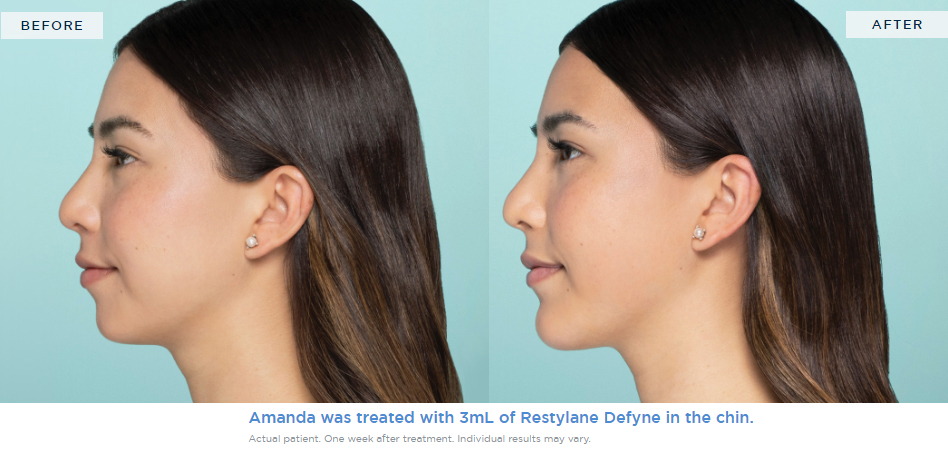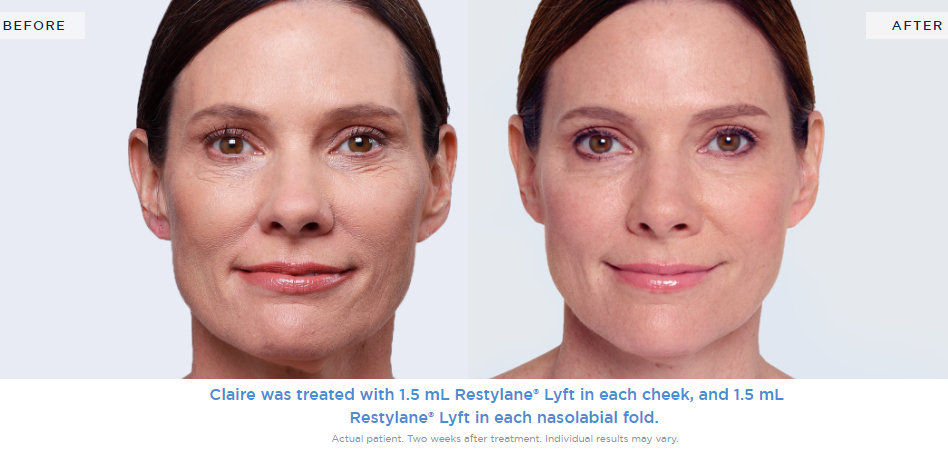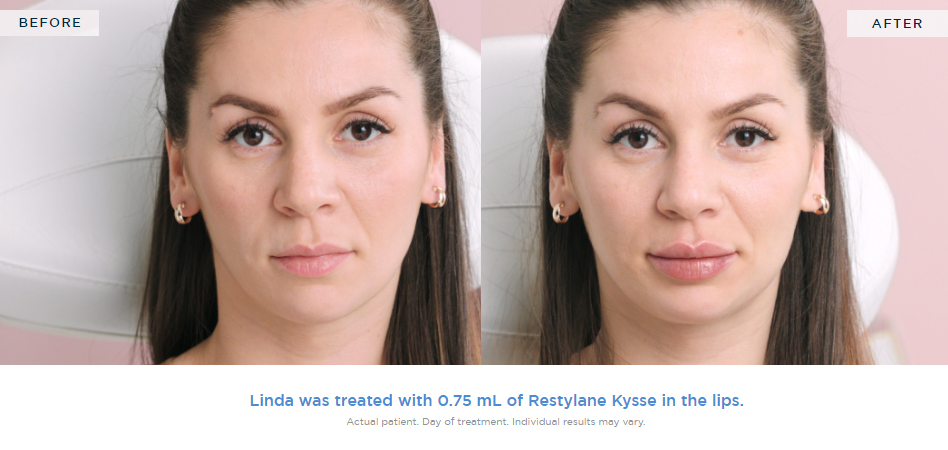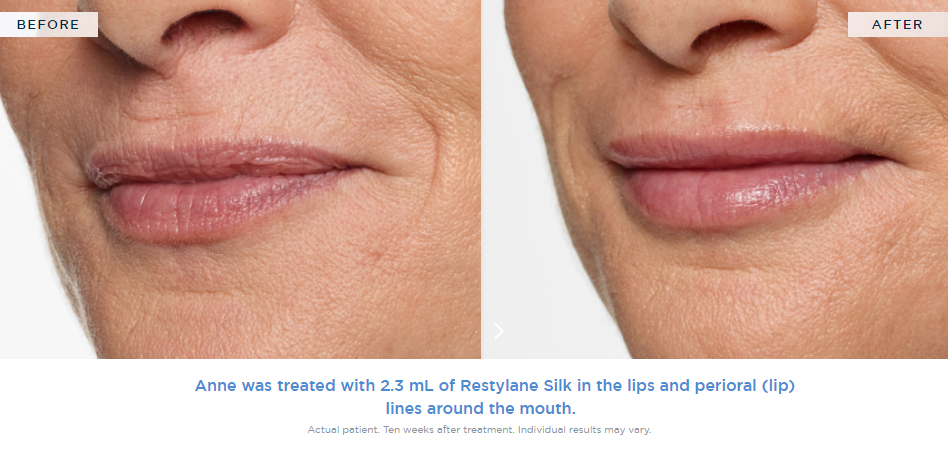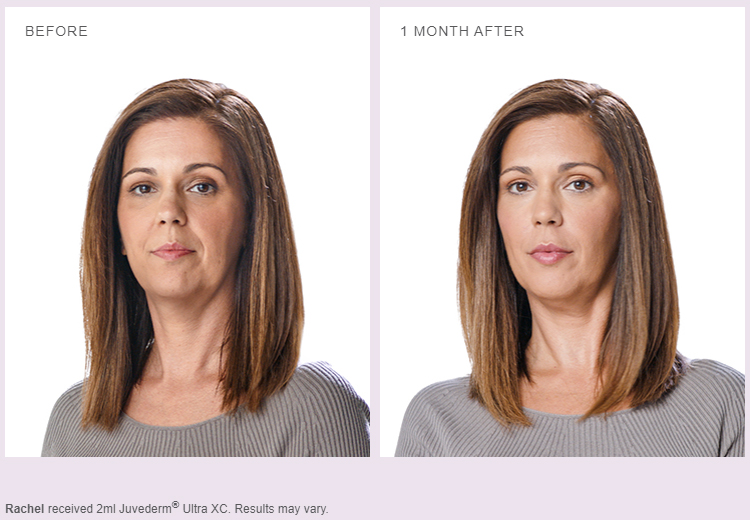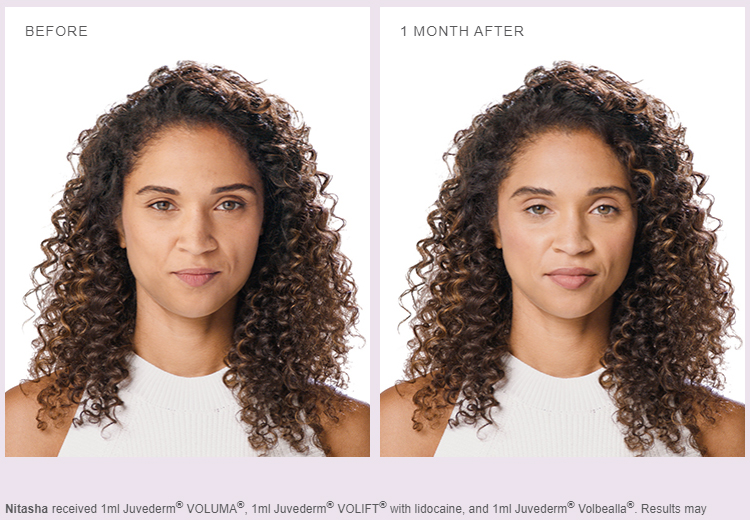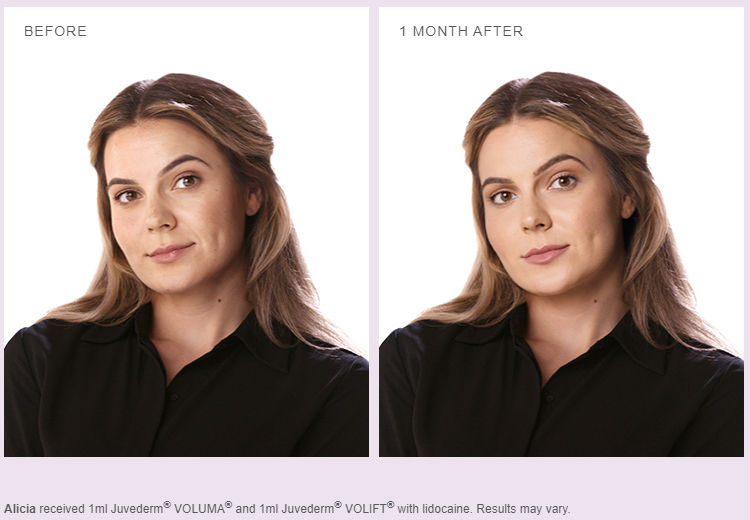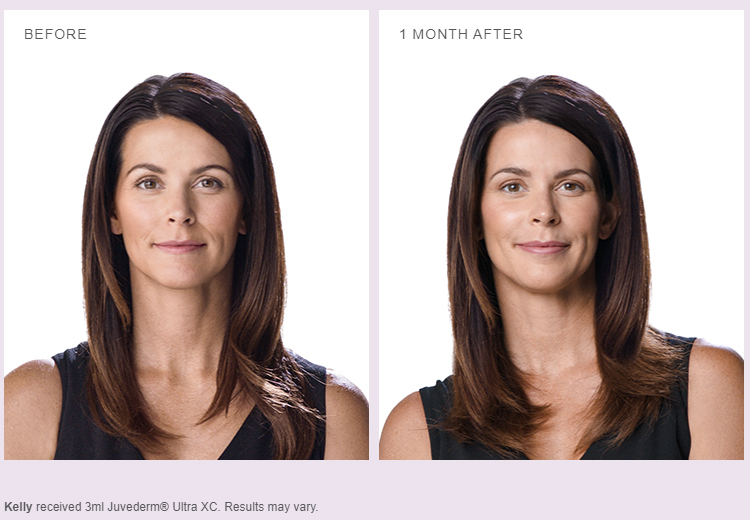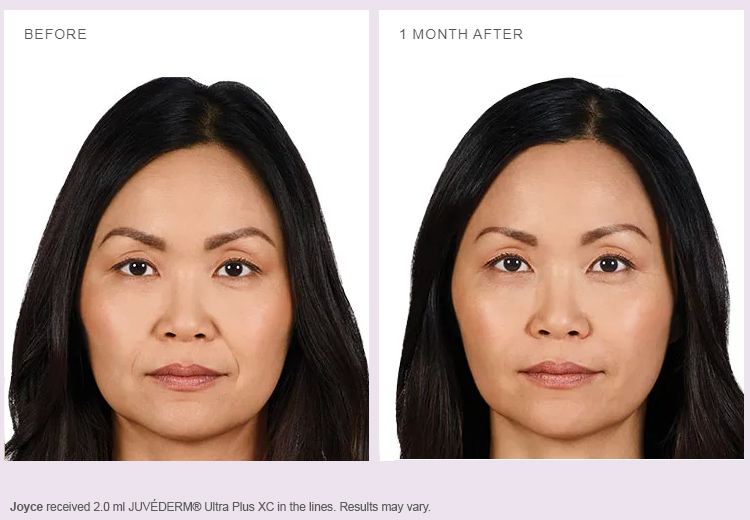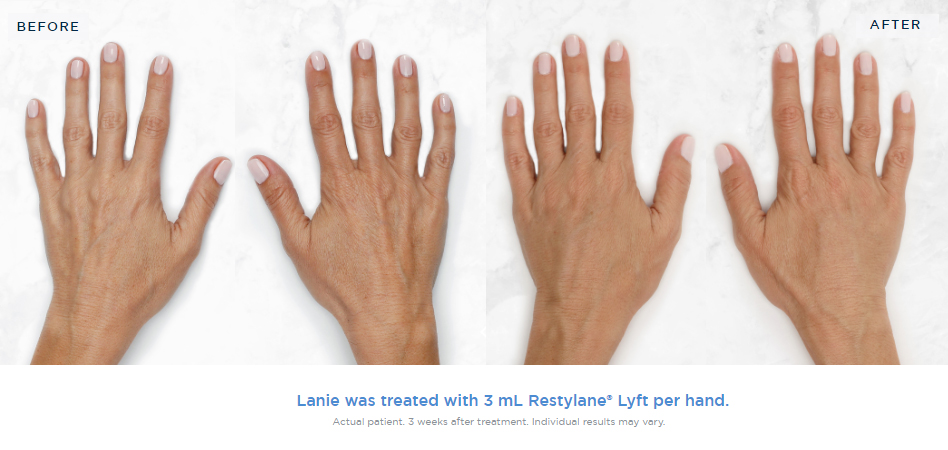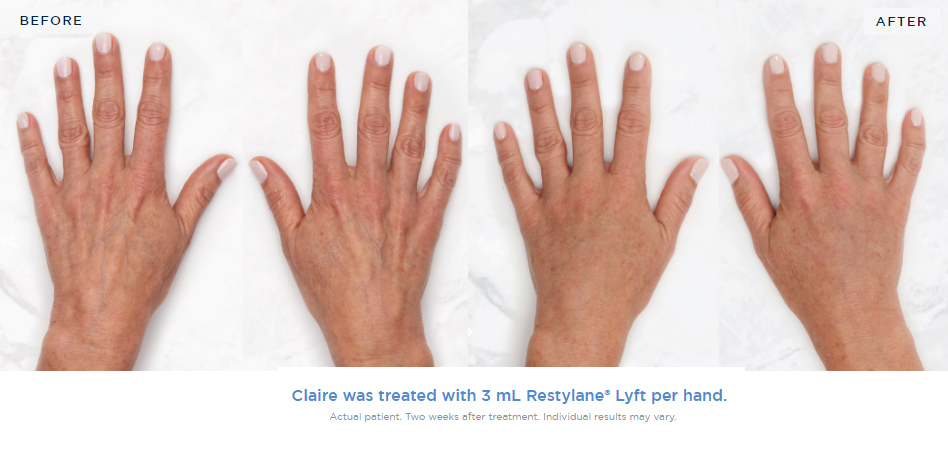Dermal Filler 101: Introduction to Dermal Fillers
Introduction
The quest for a youthful appearance often leads people to consider various cosmetic procedures, including dermal fillers. Available from board-certified dermatologists and plastic surgeons, dermal fillers have become an increasingly popular non-surgical procedure that offers immediate results. From restoring facial volume to smoothing fine lines, dermal fillers have various applications that cater to individual needs. This article provides comprehensive information about dermal fillers, their history, types, and what you can expect during the procedure.
Definition of Dermal Fillers
Injected beneath the skin’s surface, dermal fillers are gel-like materials that restore facial volume, smooth wrinkles, and enhance contours. They are considered medical devices, and most are FDA-approved for use in the United States and similarly approved by Health Canada for use in Canada.
How Dermal Fillers Work
Dermal fillers restore volume in facial areas affected by aging, gravity, or other elements. They can add fullness to cheeks plump thin lips, and enhance the contour of the chin and forehead. The filler material integrates with the skin’s connective tissues and may stimulate the body’s natural hyaluronic acid production, depending on the type of filler. It’s important to consult a healthcare provider to ensure that dermal fillers are appropriate for you, especially if you have conditions like HIV infection or severe allergies.
History of Dermal Fillers
Evolution Over Time
Dermal fillers have come a long way since their initial introduction. Originally, dermal fillers were composed of bovine collagen, but advancements have led to the development of more stable and less allergenic substances like hyaluronic acid and calcium hydroxylapatite. Clinical studies over the years have played a significant role in perfecting the formulations and application techniques for the best results.
Different Types of Dermal Fillers
Hyaluronic Acid Fillers
One of the most common types of dermal fillers is hyaluronic acid fillers. These fillers, often used as dermal cheek fillers, mimic the effects of natural hyaluronic acid in the body, offering hydration and structure. They usually last 6 to 12 months and have a low risk of adverse reactions.
Calcium Hydroxylapatite Fillers
These fillers are generally thicker and are used for deeper lines and wrinkles. Calcium hydroxylapatite is a natural component of the human body, minimizing the risk of allergic reactions. Their longevity typically surpasses that of hyaluronic acid fillers.
Poly-L-Lactic Acid Fillers
These are semi-permanent fillers and are not made from substances naturally found in the body. Polylactic acid fillers stimulate the skin to produce more collagen, giving it a youthful appearance. They are often used in combination with other fillers for optimal results.
Polymethylmethacrylate (PMMA) Fillers
PMMA fillers are among the longest-lasting dermal fillers on the market today. They consist of a combination of PMMA microspheres and collagen, providing immediate and lasting effects.
Autologous Fat Injections
Also known as facial fat grafting, autologous fat injections involve extracting fat from one area of the patient’s body and injecting it into the desired facial area. This is generally considered more invasive and is often done in a surgical setting.
The Dermal Filler Procedure
Consultation and Preparation
Speaking with a board-certified dermatologist or plastic surgeon before undergoing dermal filler treatments is essential. This session will discuss your medical history, goals, and the expected cost. To set realistic expectations, you may also see dermal fillers before and after images.
The Injection Process
The actual injection process often takes less than an hour. A thin needle or a series of syringes will inject the chosen filler into the targeted area. Depending on the areas of the face being treated and the type of filler used, you may need multiple sessions for the best results.
Post-Procedure Care
Normal activities can be resumed immediately, but bruising or swelling may occur. Healthcare providers generally advise avoiding strenuous exercise for a day or two. It’s also crucial to monitor for any signs of adverse events like allergic reactions.
Uses of Dermal Fillers
Anti-Aging
One of the most common uses of dermal fillers is for anti-aging. As we age, our facial features lose youthful fullness, and creases become more prominent. Dermal filler injections, particularly hyaluronic acid-based fillers, can restore volume to the face, offering a more youthful look. They effectively fill in wrinkles, fine lines, and even deeper creases, providing immediate results. Unlike surgical procedures, this cosmetic procedure is less invasive and doesn’t require significant downtime.
Lip Enhancement
The lips are another area where dermal fillers have gained prominence. Lip fillers, usually hyaluronic acid products, are used for lip augmentation to provide fuller, plumper lips. The size of the injectable filler particles can be adjusted according to the patient’s needs, offering a natural beauty enhancement that suits individual facial features.
Dermal Cheek Fillers
As we age, the loss of volume in the cheeks can lead to a sunken, aged appearance. Dermal cheek fillers restore this lost volume, offering a lift that redefines the face’s contours. It is a great option for those who want to avoid a more invasive surgical procedure like a facelift.
Acne Scar Treatment
Although dermal fillers are primarily known for their anti-aging effects, they are also employed in treating acne scars. By injecting filler beneath the scar tissue, the skin is lifted to align with the skin’s surface, making the scars less noticeable. It’s crucial to consult a medical professional to determine the most suitable dermal filler for this treatment.
Non-Surgical Rhinoplasty
Dermal fillers have made it possible to alter the shape of the nose without undergoing a surgical procedure. A skilled cosmetic surgeon can inject the filler to smooth out bumps or fill in areas, offering a more symmetrical appearance.
Hand Rejuvenation
The hands are one of the first places where signs of aging become evident. Dermal fillers can rejuvenate the hands by restoring volume and diminishing the visibility of veins and tendons.
Side Effects of Dermal Fillers
Common Side Effects
Swelling, redness, and slight bruising in the area of treatment are the most frequently occurring side effects of dermal fillers. These usually dissipate within a week or less. Temporary fillers, including most hyaluronic acid-based and other soft tissue fillers, tend to have fewer side effects than permanent or semi-permanent options.
Potential Risks and Complications
While considered a safe cosmetic procedure, particularly when administered by certified doctors or nurse injectors, there are risks associated with dermal fillers. Incorrectly administered fillers can result in uneven facial features, lumps, or even more severe issues like blocked blood vessels. It’s crucial to consult FDA-approved practitioners for your safety. Allergic reactions, although rare, are another problem that can occur.
Longevity and Effectiveness of Dermal Fillers
Factors Affecting Duration
The longevity of dermal fillers depends on factors like the type of filler, the area treated, and individual metabolism—hyaluronic fillers, the most common filler type, usually last between 6 to 12 months. However, more permanent fillers like polymethyl methacrylate can last much longer.
Enhancing the Longevity
The initial treatment with dermal fillers lays the foundation for subsequent sessions. It’s advisable to schedule touch-up sessions as the filler wears off to prolong the effects. This will not only help maintain the final results but may also contribute to the product lasting longer.
Dermal Fillers Cost
Average Costs
The price of dermal fillers can fluctuate significantly based on various influencing factors. The average price can range from $400 to $1,000 per syringe in the United States. Cheek dermal fillers, for example, may require more than one syringe for optimal results, thus increasing the overall cost.
Factors Influencing Price
Multiple elements contribute to the overall dermal filler cost. This includes the experience of the medical professional administering the treatment, the location of the clinic (e.g., dermal fillers in Toronto may be priced differently than in other cities), and the type of filler product used. Brands like Juvederm, Radiesse, and Restylane often command higher prices due to their well-established efficacy.
The Future of Dermal Fillers
Latest Research and Developments
The field of injectable dermal fillers is constantly evolving. The FDA and other Drug Administration bodies consistently evaluate newer dermal fillers and injectable products globally. Technological advances are making it possible to develop products with larger particles for longer-lasting effects and smaller particles for more delicate treatment areas.
Potential Changes in the Industry
The future may bring dermal fillers tailored to specific facial muscles and treatment areas, offering more natural-looking results. Research is also ongoing to minimize possible side effects and to extend how long dermal fillers last, making the treatment even more appealing to patients.
FAQs about Dermal Fillers
What are dermal fillers?
Dermal fillers are injectable substances designed to restore volume and fullness to various areas of the face. Composed mainly of materials like hyaluronic acid, calcium hydroxylapatite, and poly-L-lactic acid, these fillers plump the targeted area, smooth wrinkles, and enhance contours. They are widely used in cosmetic treatments to address issues like sagging skin, deep-set wrinkles, and hollow cheeks.
How long do dermal fillers last?
The duration of dermal fillers can differ based on the specific type of filler used, the treatment area, and the metabolic rate of the individual patient. Most hyaluronic acid-based fillers, the most common type, last anywhere from 6 to 12 months. Some more robust fillers, designed for areas like the cheeks, can last up to 2 years. Over time, the body naturally absorbs the filler material, necessitating follow-up treatments to maintain results.
Are dermal fillers safe?
Generally, dermal fillers are considered safe when administered by qualified healthcare providers like board-certified dermatologists, plastic surgeons, or trained nurse injectors. Various dermal fillers have received approval from the Food and Drug Administration (FDA), confirming their adherence to safety guidelines. However, as with any medical procedure, there are risks of adverse effects like allergic reactions, so a thorough consultation and medical history review are crucial.
Dermal Fillers Near Me (Dermal Fillers Toronto)
The availability of dermal filler clinics varies by location. For those in Toronto, many reputable clinics, such as Laser Skin Clinic, offer a range of dermal filler treatments.
What are the possible side effects?
Common side effects after receiving dermal filler injections usually include minor bruising, swelling, and redness at the site of injection, which typically subside in a few days. More grave complications, such as infections or allergic reactions, may arise in isolated instances. It’s vital to discuss potential side effects and their mitigation strategies with your healthcare provider.
Can I go back to work after getting fillers?
After getting dermal filler injections, most patients can quickly resume their regular routines. Some may experience minor swelling or redness, but these effects typically subside within a day and can be easily covered with makeup. However, avoiding strenuous physical activity for a day or two following the procedure is generally advised.
What is the difference between botulinum toxin (Botox) and dermal fillers?
Botulinum toxin, commonly known as Botox, works differently from dermal fillers. While both are injectables used in cosmetic treatments, Botox temporarily paralyzes facial muscles to reduce the appearance of dynamic wrinkles like crow’s feet and frown lines. Conversely, dermal fillers increase skin volume, thus reducing static wrinkles and improving the shape of facial features.
Dermal Fillers Before and After
Most clinics provide before-and-after images showcasing the results of dermal filler treatments. These photos offer a visual understanding of the changes one can expect, such as wrinkle reduction or enhanced lip volume. However, individual results may vary based on the type of filler used and the medical professional’s skill.
How are dermal fillers different from wrinkle fillers?
While all dermal fillers can function as wrinkle fillers, they are not limited to this application. Dermal fillers have a range of cosmetic applications, such as enhancing lips, boosting cheek volume, and providing non-surgical nose reshaping. Wrinkle fillers, on the other hand, are a specialized type of dermal filler aimed at tackling fine lines and wrinkles.
Are synthetic fillers better than natural fillers?
The choice between synthetic and natural fillers depends on individual needs and specific treatment goals. Natural fillers, like hyaluronic acid-based products, are generally well-tolerated because they use substances already present in the body. Synthetic fillers, however, often provide longer-lasting results but may come with a higher risk of adverse reactions. Speaking with a certified healthcare provider can assist in identifying the most suitable choice for you.
Conclusion: Understanding Dermal Fillers
Understanding dermal fillers and their many applications, from anti-aging to specific treatments like cheek augmentation, is crucial for anyone considering this medical procedure. Brands like Juvederm, Radiesse, and Restylane have set the standard for efficacy and safety, offering various options for different treatment areas and needs. While the costs can be significant and vary based on several factors, the growing range of filler types and ongoing advancements in the field make dermal fillers an increasingly popular and accessible option for enhancing natural beauty.
Choosing a qualified medical team for your treatment can make all the difference in your experience and the final results. With ongoing research and development, the future of dermal fillers looks promising, offering longer-lasting and even safer options for patients. Whether you’re looking for dermal fillers near me or specifically seeking dermal fillers in Toronto, always consult professionals for a safe and effective treatment experience.

